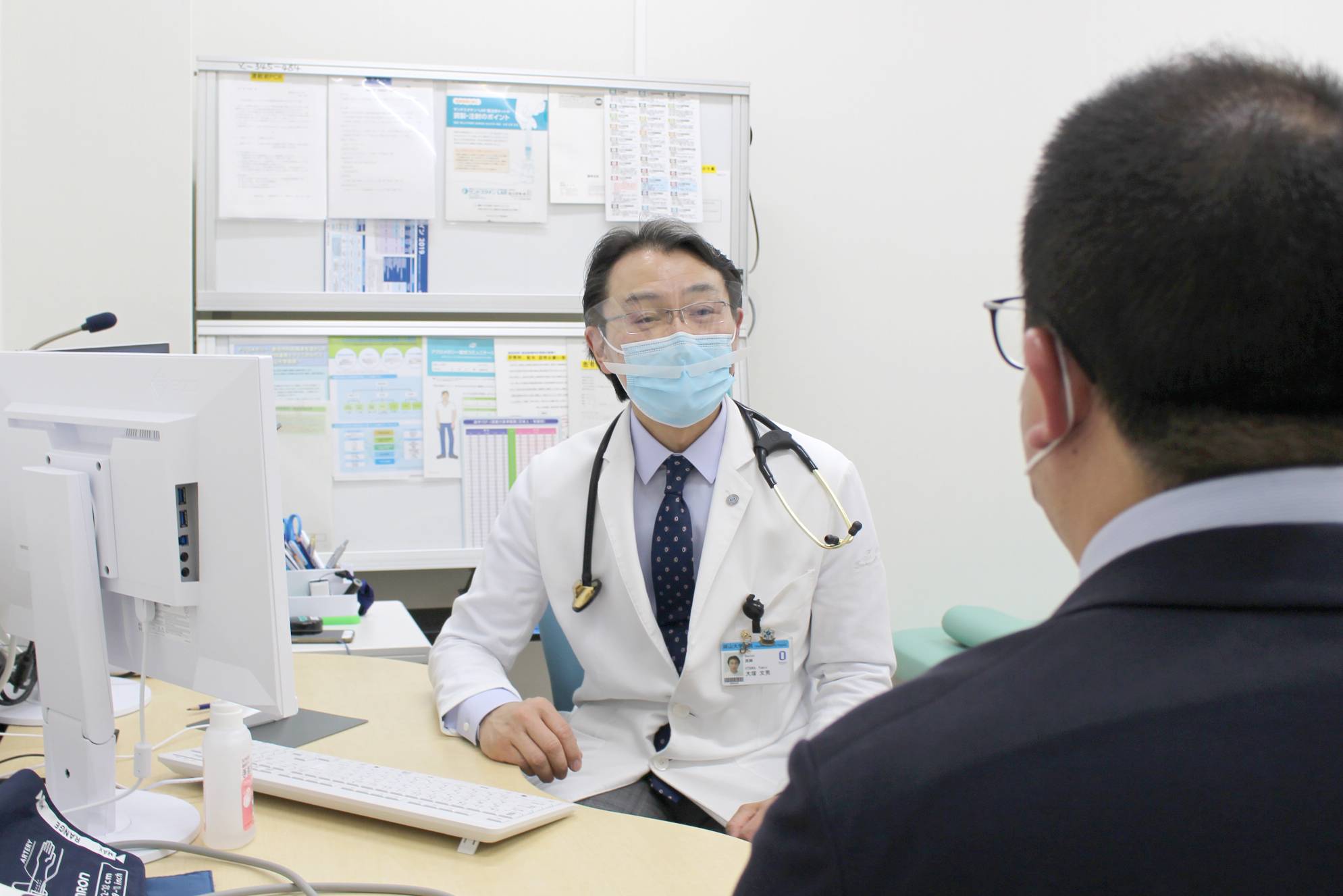For Brian Meissner, the sore throat and fever he experienced in January when he became infected with COVID-19 were harbingers of a host of health issues to come.
Meissner, a 36-year-old resident of Chiba Prefecture, says he had received two COVID vaccine shots and was waiting for a third when he fell ill. After going to a local drive-in clinic and testing positive for the coronavirus, he was prescribed molnupiravir, an oral medication approved for COVID treatment, and was told to rest at home for two weeks.
The medication helped him recover from the acute symptoms of the disease, clearing up his nose and throat. But soon he began experiencing a cascade of other health problems, some of which persist to this day.
















With your current subscription plan you can comment on stories. However, before writing your first comment, please create a display name in the Profile section of your subscriber account page.